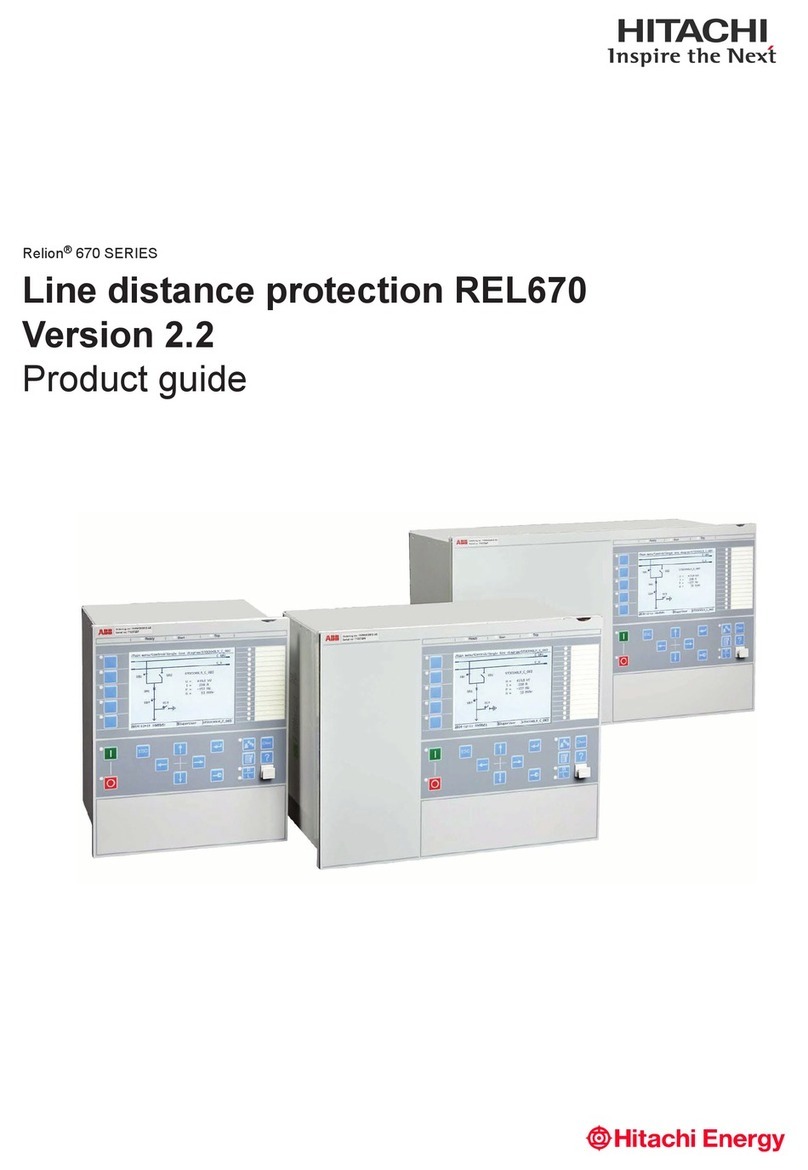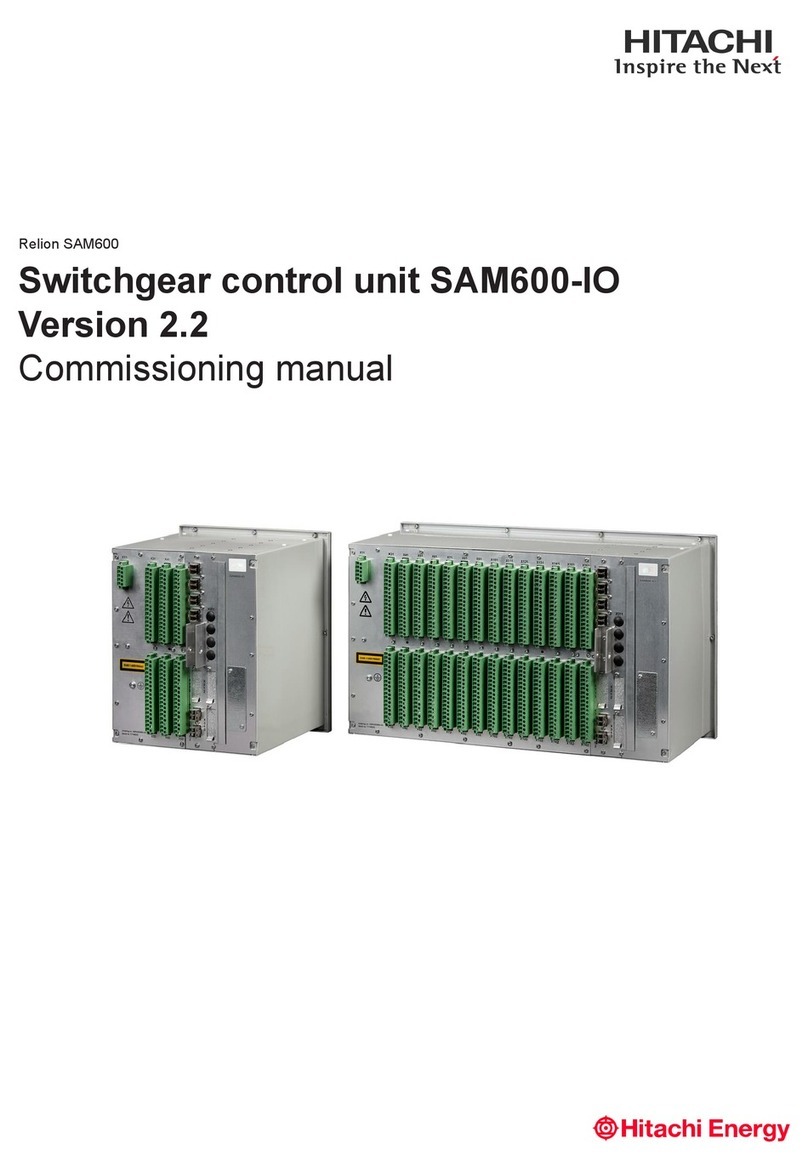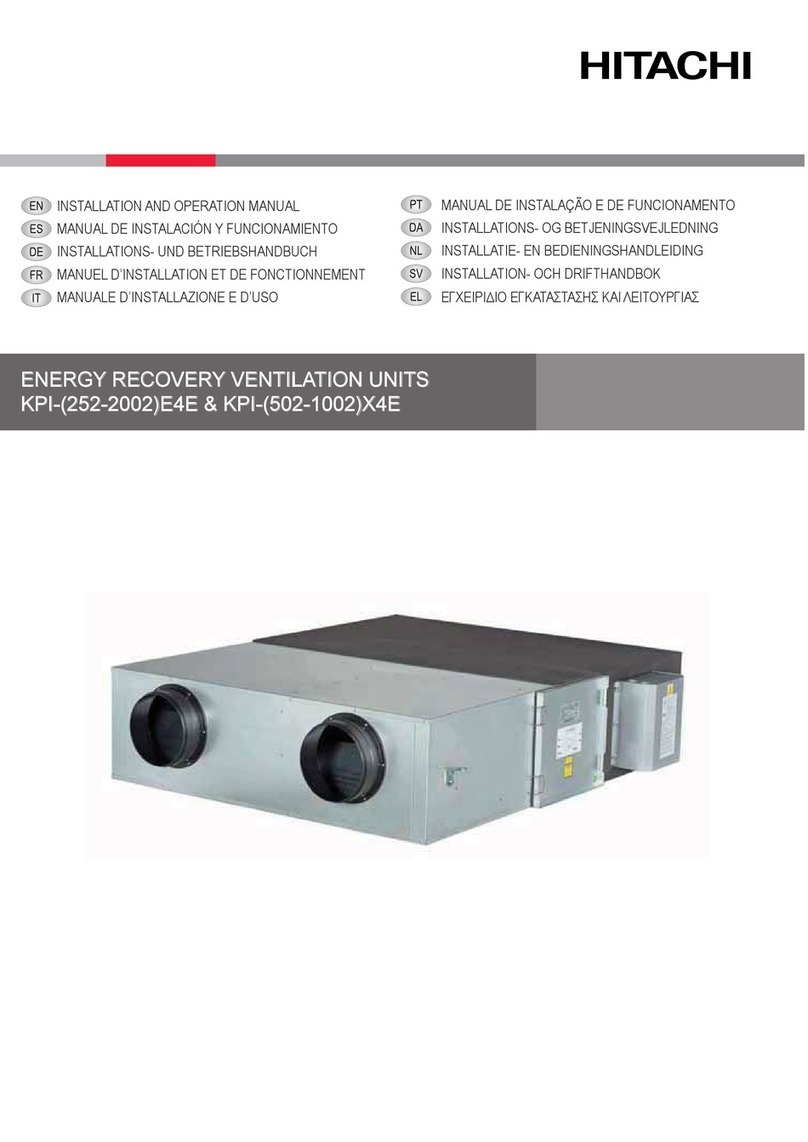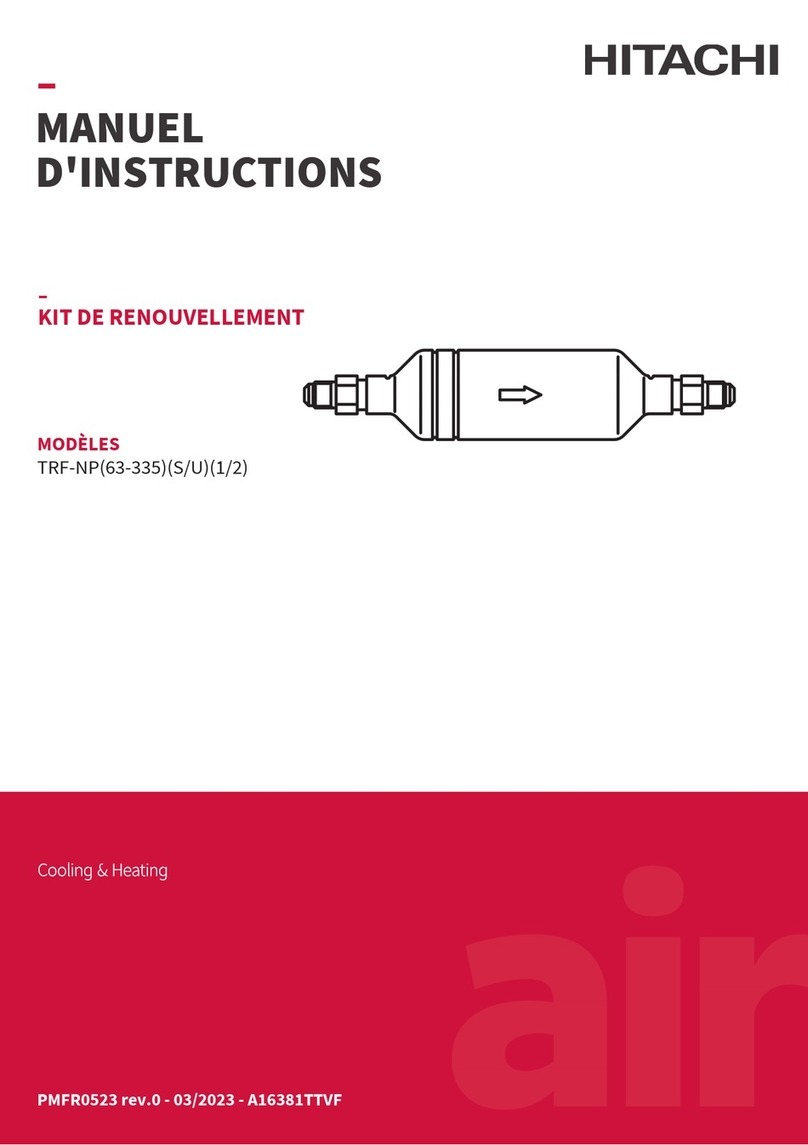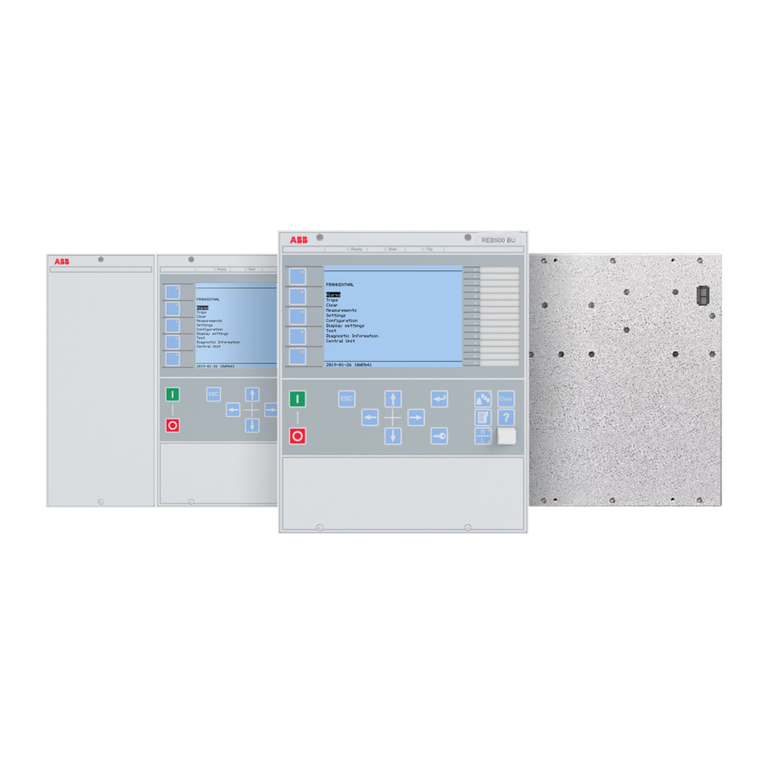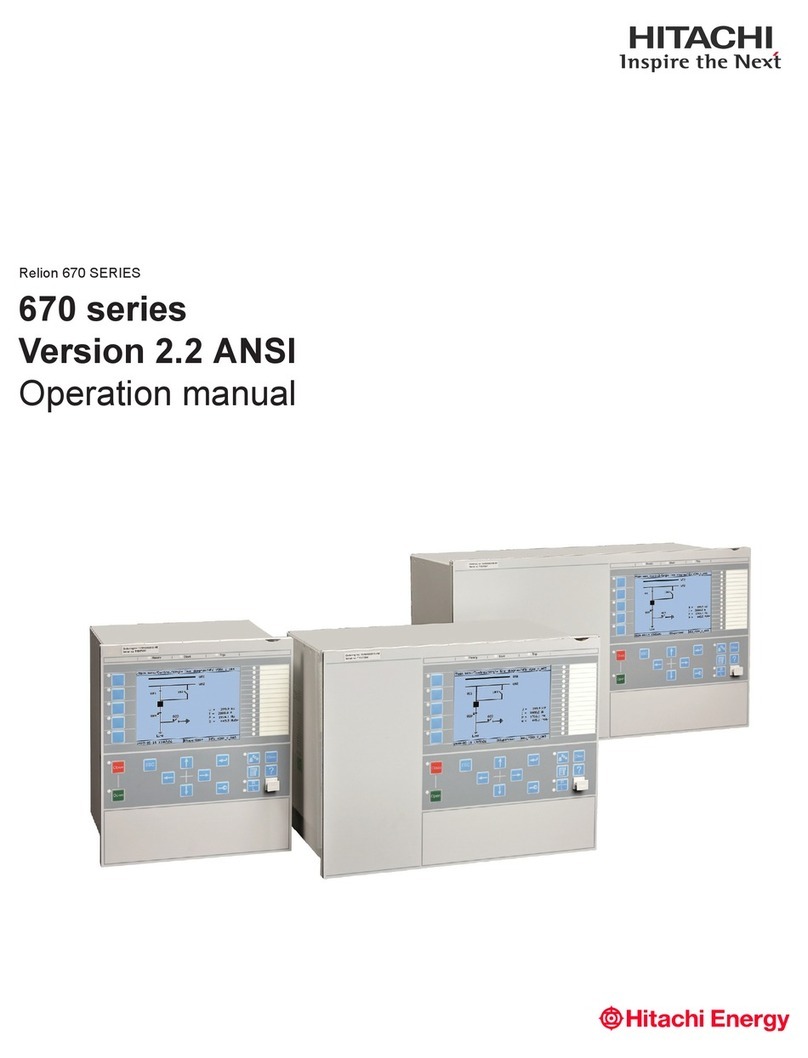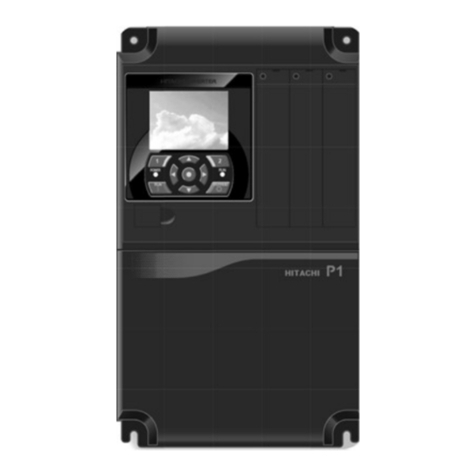
Option board Safety Precautions
Thank you for purchasing a Hitachi Programmable Logic Controller.
To operate it safely, please read this instruction manual and all the user manuals carefully. Please be sure to
use the latest versions of user manuals and keep them at hand of end users for future reference.
Caution
1. All rights reserved.
2. The content of this manual may be changed without
notice.
3. While efforts have been made on this manual to be
accurate, please contact us if any mistakes or
unclear part is found.
Warranty period and coverage
The warranty period is either 18 months after
manufacturing date (MFG. No.) or 12 months after
installation.
Examination and repair within the warranty period is
covered. However within the warranty period, the warranty
will be void if the fault is due to ;
(1) Incorrect use from instructed in this manual and the
application manual.
(2) Malfunction or failure of external other devices than
this unit.
(3) Attempted repair by unauthorized personnel.
(4) Natural disasters.
The warranty is for the PLC only, any damage caused to third
party equipment by malfunction of the PLC is not covered by
the warranty.
Repair
Any examination or repair after the warranty period is not
covered. And within the warranty period any repair and
examination which results in information showing the fault
was caused by any of the items mentioned above, the repair
and examination cost are not covered. If you have any
questions regarding the warranty or repair cost, please
contact your supplier or the local Hitachi Distributor.
(Depending on failure part, repair might be impossible.)
Ordering spare parts and inquiries
Please contact your local suppliers for ordering
products/spare parts or any inquiries with providing the
following information.
(1) Product name
(2) Manufacturing number (MFG. No.)
(3) Details of failure
Definitions and Symbols
Identifies information about practice
or circumstances, which may lead to
personal injury or death, property
damage, or economic loss.
Identifies information about practice
or circumstances, which may lead to
personal injury, property damage, or
economic loss.
- Do not touch terminals while power is ON. There is a risk
of electric shock and/or injury.
- Appropriate emergency stop circuit, interlock circuitry
and similar safety measures should be added to the PLC
system to ensure safety in the event of incorrect, missing
or abnormal signals caused by broken signal lines,
momentary power interruptions or other causes.
- Always use the power supply voltage listed in
specifications. Using other voltage may damage the
equipment or present a risk of fire.
- The wiring operation should be performed by a qualified
personnel. Failure to do so could result in fire, damage
or electric shock.
- The PLC must be grounded. Failure to do so could result
in injury to personnel or causing it to malfunction.
- Do not attempt to disassemble, repair or modify any
part of the PLC. Electric shock, malfunction or failure
may result.
- Do not connect or disconnect cable unless power has
been switched off or the area is known to be Non-
Hazardous. (This unit is not industrial control equipment
for use in hazardous locations "class I, Division2, Groups
A,B,C,D")
-
DO NOT CONNECT DIRECTLY TO LINE VOLTAGE.
LINE VOLTAGE MUST BE SUPPLIED BY A SUITABLE,
APPROVED ISOLATING TRANSFORMER HAVING
SHORT CIRCUIT CAPACITY NOT EXCEEDING 150VA
MAXIMUM.
- NE PAS CONNECTER DIRECTEMENT A LA TENSION
D'ALIMENTATION.CELLE-CI DOIT ETRE FOURNIE
PAR UN TRANSFORMATEUR D'ISOLATION
POSSEDANT UNE CAPACITE DE COURT-CIRCUIT
N'EXCEDANT PAS 150 VA.
Common precautions
-Use proper cable ferrules for terminals. Using improper
cable ferrules or connecting bare wires to terminals
directly might result in fire.
-Do not turn on power, if the unit appears damaged.
-Be sure to check all field wiring before PLC power on.
Otherwise, there is a risk of fire.
-Do not cover vent holes of the housing.
-Do not pull on cables or bend cables beyond their natural
limit. Otherwise, there is a risk of breaking of wire.
-Check carefully your PLC program before operation.
-Keep PLC modules in their boxes during storage and
transport.
